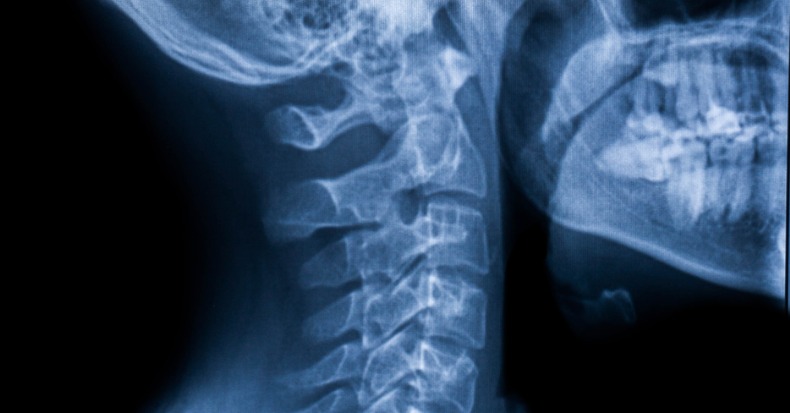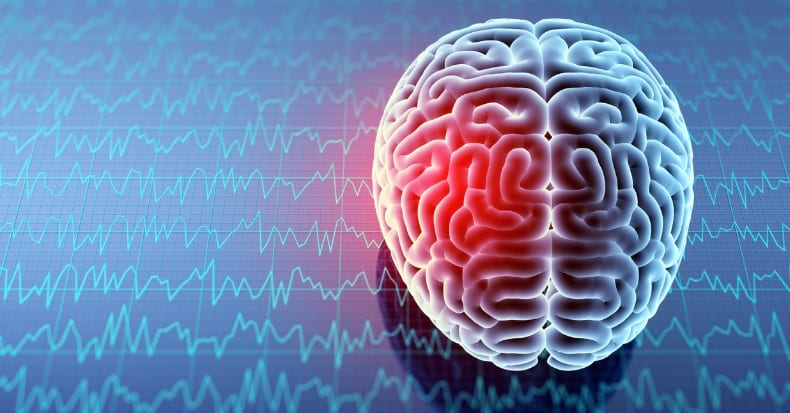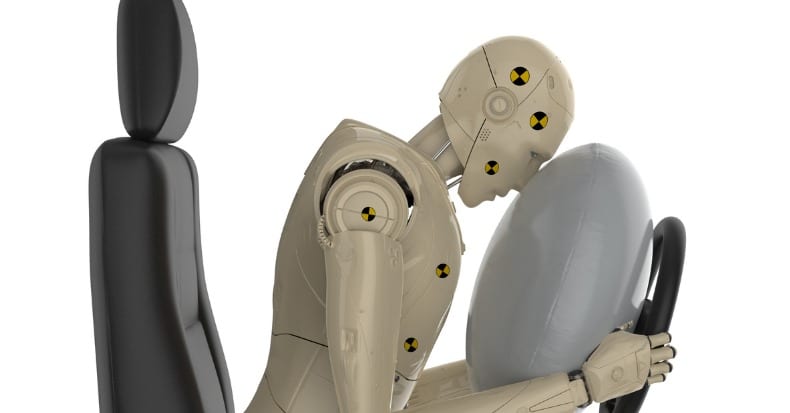
by Tejasvit Kour | Feb 3, 2020 | Whiplash
When it comes to whiplash associated disorders (WAD), the process of making an accurate diagnosis and treatment recommendation can vary from healthcare provider to healthcare provider depending on their educational background, ongoing training, and clinical...

by Tejasvit Kour | Jan 9, 2020 | Whiplash
Whiplash associated disorders (WAD) describes a constellation of symptoms that can arise following a motor vehicle collision (MVC), sports collision, or slip and fall. The typical initial treatment approach for WAD is non-surgical care, but what does the research say...

by Tejasvit Kour | Jan 4, 2020 | Whiplash
Whiplash associated disorders (WAD) is a term applied to a constellation of symptoms that can arise following a motor vehicle collision (MVC), slip and fall, or sports injury. It’s estimated that up to 25% of WAD patients fail to fully recover from their injury and...

by Tejasvit Kour | Jan 3, 2020 | Whiplash
Of all the symptoms associated with whiplash associated disorders (WAD), dizziness may be one of the most concerning to patients because of how it can limit their ability to get up and move around. What can be done to treat dizziness following a WAD injury? Two...

by Tejasvit Kour | Nov 2, 2019 | Whiplash
Experts estimate that whiplash associated disorders (WAD) from motor vehicle collisions (MVCs) affect about 300 for every 100,000 people in the Western each year. Suffice it to say, that’s a lot of people! Crash tests have demonstrated that the risk for whiplash is...

by Tejasvit Kour | Oct 3, 2019 | Whiplash
The cervical spine relies heavily on muscular support, particularly from the deep muscles in the front and back of the neck. Some experts estimate that up to 70% of the stability of the cervical spine arises from these deep neck muscles, particularly those in front of...







